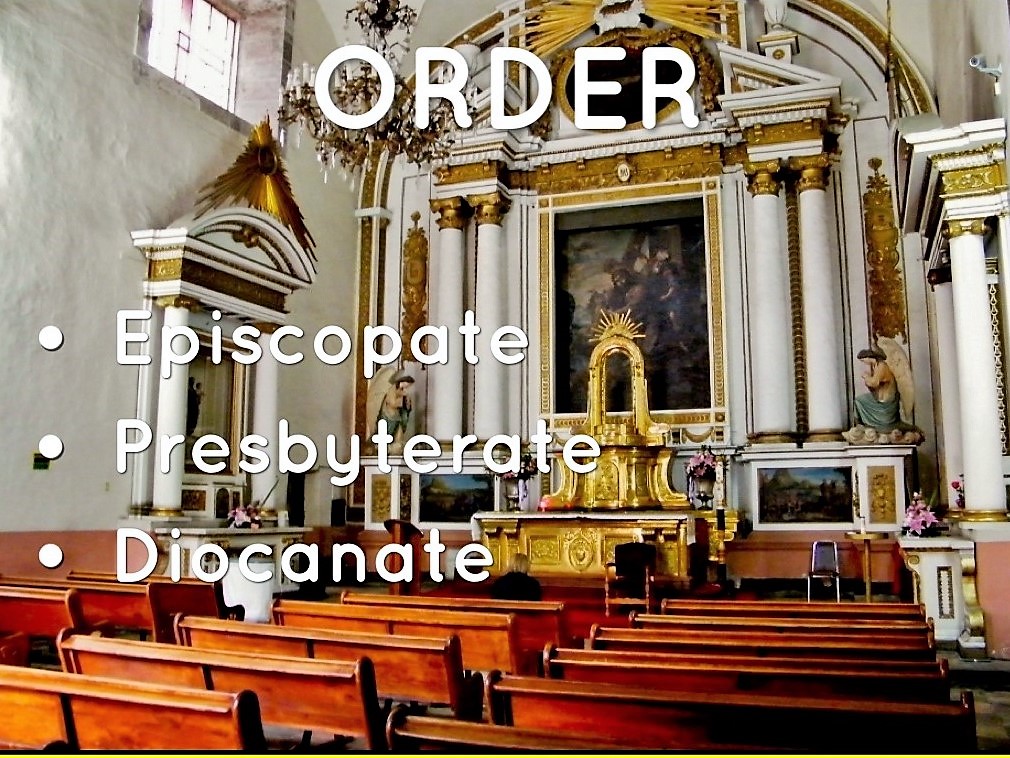Do you have questions on either Holy Matrimony or Holy Orders? Please use the contact form at the bottom of this page. Thank you.
The Sacrament of Holy Matrimony
Holy Matrimony (aka Marriage) celebrates the loving union, intended for life, of two consenting adults. They may be of either the opposite or the same sex/gender. They may also have been previously married and divorced. An annulment of their previous marriage(s) is not required by the Reformed Catholic Church.

Holy Matrimony (aka Marriage) celebrates the loving union, intended for life, of two consenting adults. They may be of either the opposite or the same sex/gender. They may also have been previously married and divorced. An annulment of their previous marriage(s) is not required by the Reformed Catholic Church.
The two partners presenting themselves for Holy Matrimony are properly considered the ministers of the sacrament. However, their marriage must be witnessed by either a bishop, priest or deacon to be both sacramentally and legally valid in the United States. This is different in some other countries. The clergy witness also guides and supports the partners through the preparation for and celebration of the marriage. Your marriage may be celebrated at any time or location that is convenient for both the partners and the clergy witness. It may be celebrated within Mass, either on Sunday or another day of the week, depending on the partners’ religious backgrounds and preference.
The sacramentally valid celebration of marriage requires three parts. Firs, both partners must declare they are each marrying of their own free will and without pressure from anyone or anything. Next the couple exchange both vows of fidelity and rings. Finally, the witnessing minister blesses their union. The minister must sign their legally issued marriage license after the ceremony and ensure that the partners and other witnesses sign it as well. It is the minister’s responsibility to return the completed license to the civil authorities.
Other religious, cultural or family traditions may be incorporated into the celebration as desired and appropriate.
For Information on Marriages Licenses in the State of Florida Click Here.
The Sacrament of Holy Orders

Holy Orders (also referred to as Ordination) is the celebration wherein a man or woman, having heard the Lord’s call, is consecrated and blessed to serve the people of God with their lives as a minister in the Lord’s own image. The three Holy Orders in the Church are the Episcopacy (i.e. bishops), the Presbyterate (i.e. priests) and the Diaconate (i.e. deacons).
The minister of Holy Orders in the celebration of priesthood and diaconate is the Diocesan Bishop. Only a bishop may ordain priests and deacons. For the consecration of a bishop, a minimum of three bishops sharing in verified apostolic succession are required.
The celebration of all three Holy Orders has a number of parts. After the scriptures have been proclaimed the candidates are called and presented to the ordaining prelate/s. After a short homily or instruction by the bishop, the invocation of the Holy Spirit takes place. This followed by the Litany of the Saints. The candidate then receives the laying on of hands by the bishop(s). The Bishop prays the prescribed prayer of consecration. The new minister is invested with the vestments and appointments appropriate to their order.
The discipline of celibacy for priests and other clergy of the Reformed Catholic Church is optional. Clergy may marry either prior to or after ordination.
